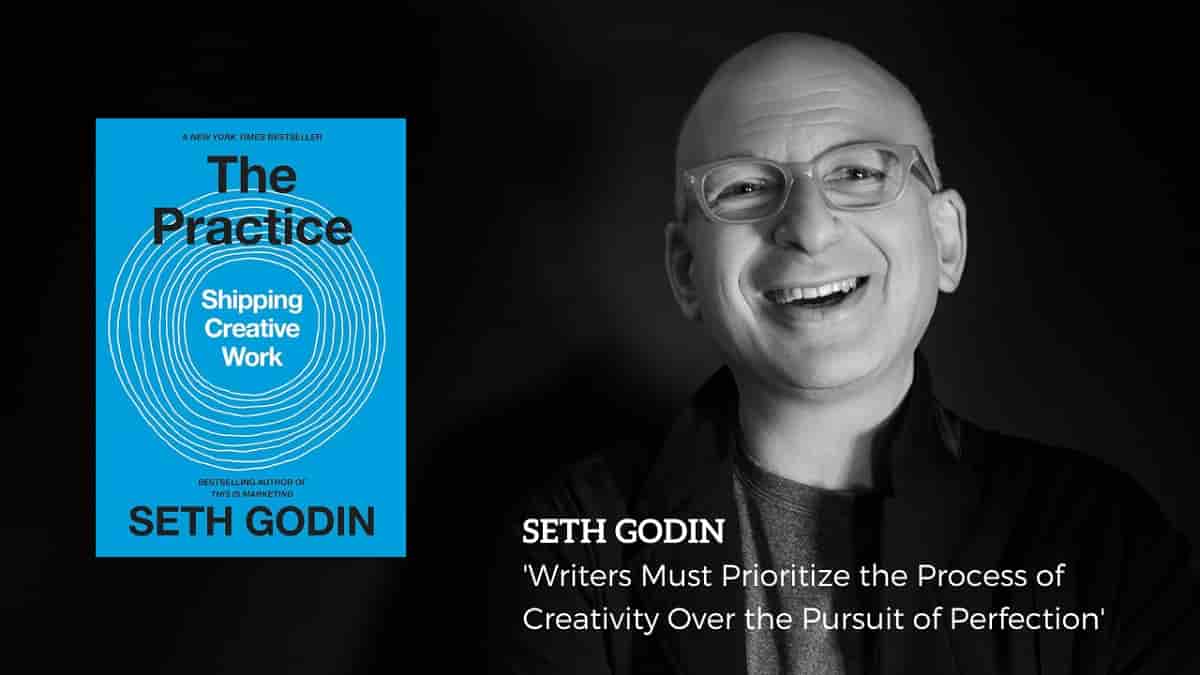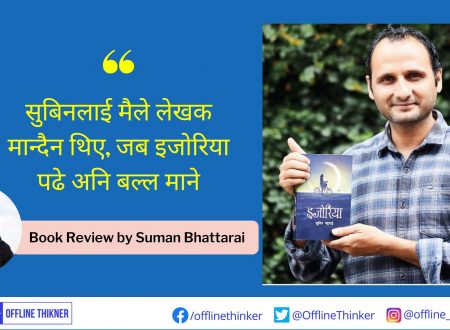“The Practice: Shipping Creative Work” by Seth Godin is a book that encourages readers to overcome creative blocks and fears, take action, and share their work with the world.
Here’s a summary and the gist of the book:
Summary:
In “The Practice,” Seth Godin explores the concept of creative work and the challenges artists, writers, entrepreneurs, and anyone pursuing a creative endeavor face. He argues that the key to success in the creative process is not relying on talent alone but committing to a daily practice of creating and sharing your work.
Godin’s book is divided into three parts:
-
The Practice:
In this section, Godin emphasizes the importance of showing up daily, regardless of the outcome. He advocates for embracing the journey of creativity rather than fixating on the end result. He argues that consistently practicing and sharing your work is what leads to growth and connection with an audience.
-
Creative Anxiety:
Godin acknowledges the fear and resistance that often accompany creative work. He explores the various forms of resistance and provides strategies for overcoming them. By understanding and addressing these fears, artists can become more resilient and committed to their practice.
-
The Third Cycle:
Godin introduces the concept of “the third cycle,” which is a phase of work where the creator has the confidence to share their creations freely, knowing that they won’t resonate with everyone. This section encourages artists to embrace criticism, engage with their audience, and continue evolving their work.
Here are some of the key takeaways from the book:

- Consistency is Vital: The book emphasizes the importance of showing up consistently in your creative practice. Daily effort, even in small increments, is more valuable than sporadic bursts of creativity.
- Focus on the Process, Not Perfection: Godin encourages creators to prioritize the creative process itself over the pursuit of perfection. The act of creation and sharing is more important than the outcome.
- Overcoming Resistance: The book addresses the various forms of resistance that can hinder creative work, such as self-doubt, fear of criticism, and the need for external validation. Understanding and confronting these barriers is crucial.
- Embrace Vulnerability: Creativity often involves vulnerability. Godin encourages creators to accept that not everyone will appreciate their work, and that’s okay. Embracing vulnerability can lead to more authentic and meaningful creative expression.
- Build a Community: Building a tribe or community of supporters who resonate with your work is essential. These are the people who will champion your creations and provide valuable feedback.
- The Third Cycle: Godin introduces the concept of “the third cycle,” where creators have the confidence to share their work freely, knowing it won’t resonate with everyone. Embracing criticism and learning from it is a crucial part of growth.
- Shipping Your Artifacts: Instead of hoarding your creative work, the book encourages you to share it with the world. Shipping your creations allows you to connect with your audience and make a meaningful impact.
- Consent and Connection: The idea of “consent” is introduced, emphasizing that you should create with the intention of connecting with people who want to engage with your work. It’s about creating something that others want to receive.
- The Value of Ritual: Establishing rituals or routines can help create a conducive environment for creativity. These rituals signal to your brain that it’s time to create and can help you overcome resistance.
- Resilience in the Face of Criticism: Godin highlights that criticism and rejection are part of the creative journey. Learning how to handle criticism constructively and continuing to create in the face of rejection is essential for growth.
- Generosity and Empathy: Creators should approach their work with a sense of generosity, aiming to create something that genuinely benefits and resonates with their audience. Empathizing with your audience’s needs and desires is key.
In essence, “The Practice” emphasizes the importance of showing up daily, embracing vulnerability, and consistently sharing your creative work. It encourages creators to shift their focus from perfection to the process and to build a community of supporters who appreciate their authentic expressions. Ultimately, the book inspires individuals to overcome resistance, grow as artists, and make a positive impact through their creative endeavors.
At its core, “The Practice” is a call to action for creators to break free from perfectionism, self-doubt, and the fear of criticism. Godin’s central message is that the act of consistently creating and sharing your work is more important than seeking external validation or perfection. He urges readers to prioritize the process of creativity over the pursuit of perfection and to understand that rejection and criticism are natural parts of the creative journey.
Ultimately, “The Practice” encourages individuals to find their unique voice, develop their skills, and build a community of supporters by consistently shipping their creative work—whether it’s writing, art, music, or any other form of expression. By embracing vulnerability and committing to daily practice, creators can make a meaningful impact and find fulfillment in their creative endeavors.
Read More at Offline Thinker:
How Many Books Should You Read a Year? Finding Your Ideal Reading Pace
Follow Offline Thinker on Facebook, Twitter, and Instagram. You can send us your writings at connect.offlinethinker@gmail.com







